SeekingNiceIce
Rough_Rock
- Joined
- May 26, 2004
- Messages
- 5
Hi Everyone,
I''ve only been reading this forum for a short time, but it seems exceptionally useful and educational! I''m in the market for a very nice round brilliant stone for an engagement ring. I''m looking at E color, VVS2 clarity, 1ct+ (~1.00 to 1.20 range), looking for a very high quality stone. I found one (GIA certified) described as follows:
ROUND BRILLIANT
6.49 - 6.56 x 4.02 mm
1.05 carat
Depth: 61.6%
Table: 57%
Girdle: MEDIUM, FACETED
Culet: NONE
Polish: EXCELLENT
Symmetry: EXCELLENT
Clarity: VVS2 (2 small pinpoints in table...I couldn''t see them with a loupe)
Color: E
Fluorescence: NONE
I''m thinking this is a great stone, but, I don''t know the details like crown angle (or depth) or pavillion angle (or depth). It sure sparkled though!
Most stones I see certs on seem to have less of a diameter deviation than this stone though. Should I be concerned? I can get this stone for $8200...is it a good price due to some defect I''m not picking up on?
Thanks in advance for the advice!

I''ve only been reading this forum for a short time, but it seems exceptionally useful and educational! I''m in the market for a very nice round brilliant stone for an engagement ring. I''m looking at E color, VVS2 clarity, 1ct+ (~1.00 to 1.20 range), looking for a very high quality stone. I found one (GIA certified) described as follows:
ROUND BRILLIANT
6.49 - 6.56 x 4.02 mm
1.05 carat
Depth: 61.6%
Table: 57%
Girdle: MEDIUM, FACETED
Culet: NONE
Polish: EXCELLENT
Symmetry: EXCELLENT
Clarity: VVS2 (2 small pinpoints in table...I couldn''t see them with a loupe)
Color: E
Fluorescence: NONE
I''m thinking this is a great stone, but, I don''t know the details like crown angle (or depth) or pavillion angle (or depth). It sure sparkled though!
Most stones I see certs on seem to have less of a diameter deviation than this stone though. Should I be concerned? I can get this stone for $8200...is it a good price due to some defect I''m not picking up on?
Thanks in advance for the advice!


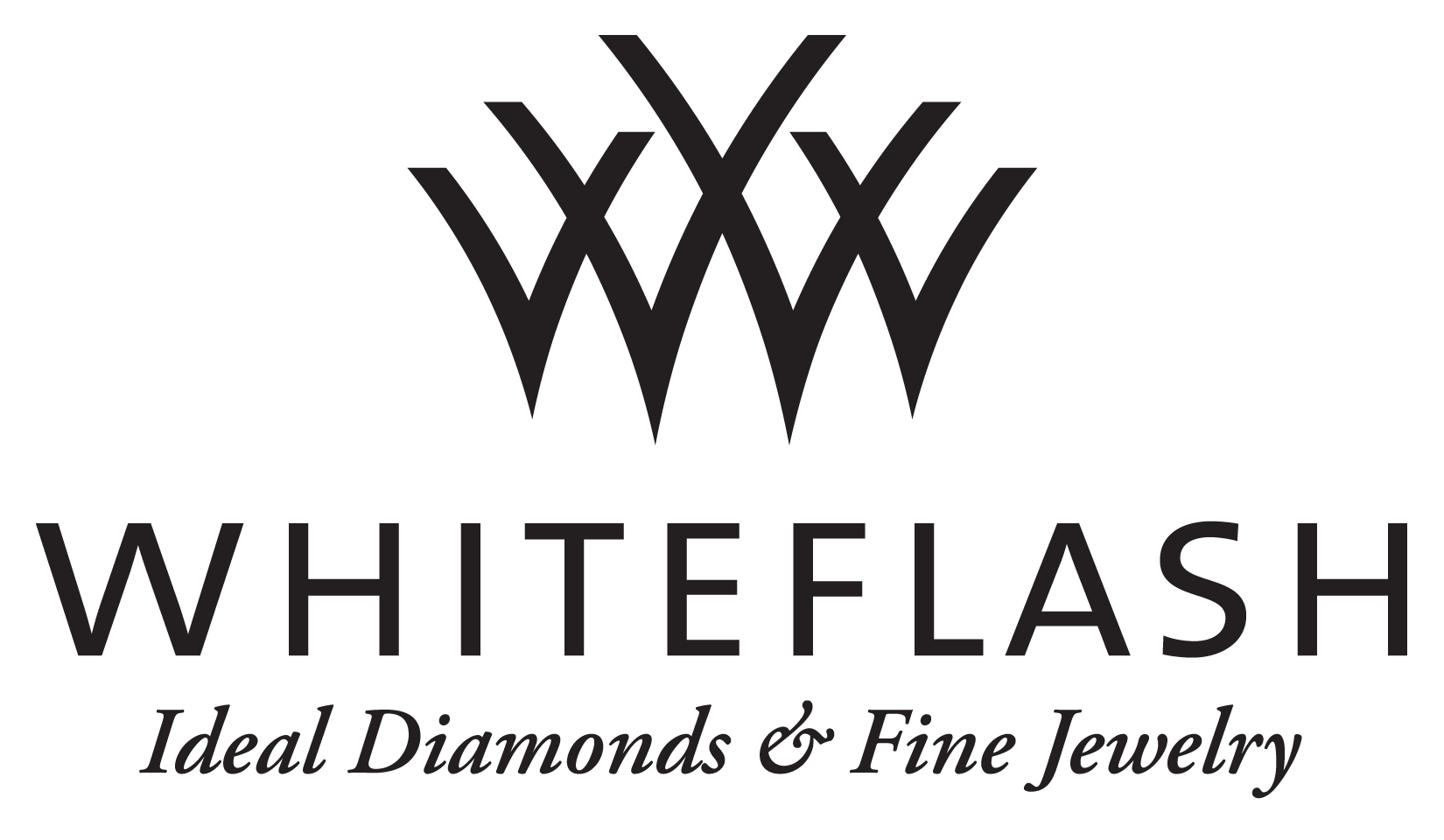
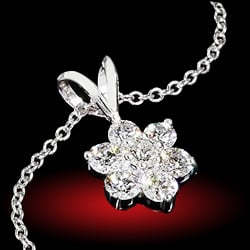
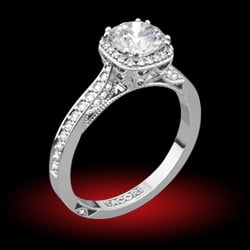
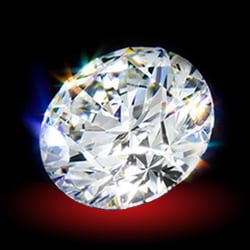






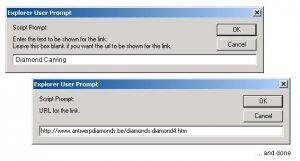
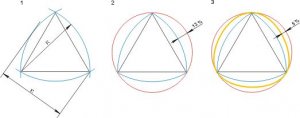


300x240.png)